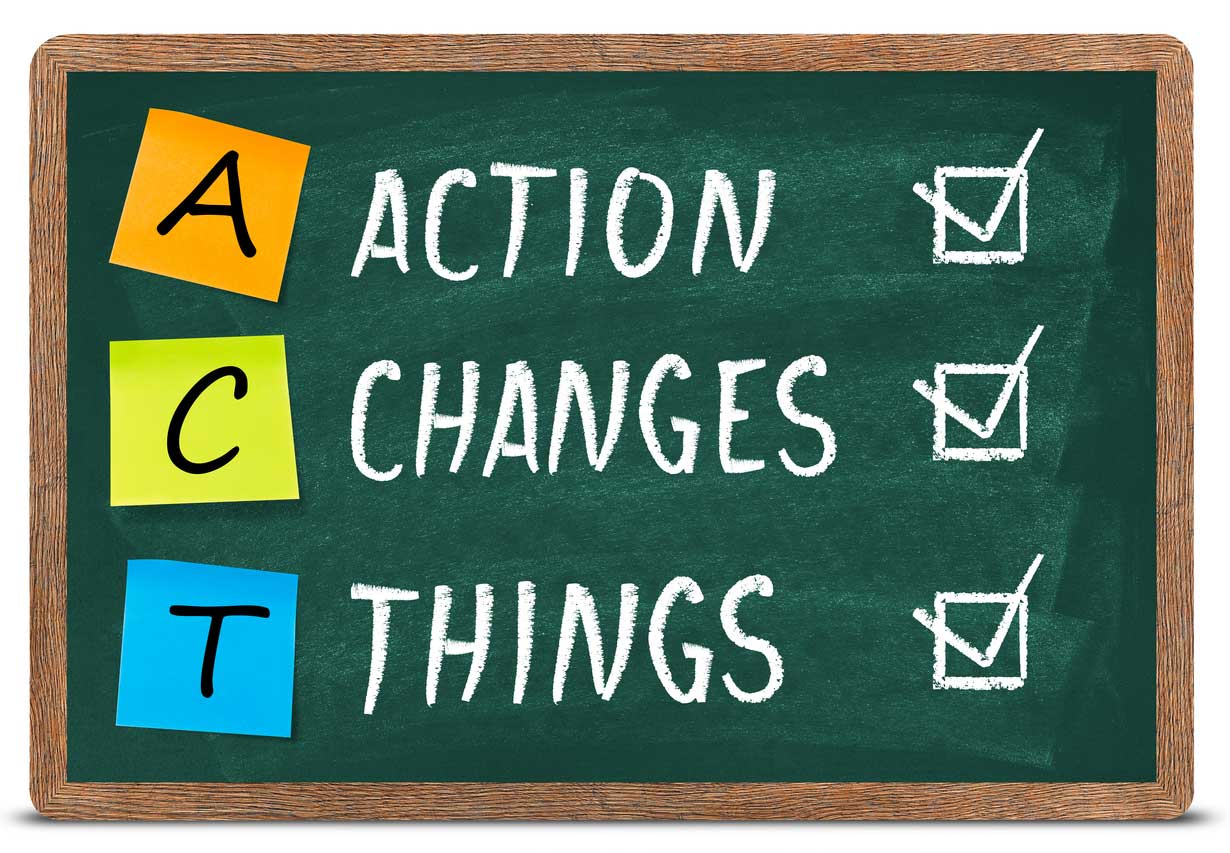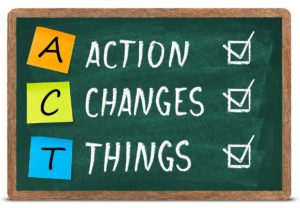

Parents and educators collaborate to design Individual Education Plans (IEP) to meet the unique needs of children that qualify for special education learning. The question for parents is what an IEP has to include to meet the legal guidelines created bv the Individuals with Disabilities Education Act (IDEA).
A Present Level of Education Performance (PLOP) presents a synopsis of a child’s educational abilities, with an emphasis on defining academic strengths and weaknesses. As one of the most important sections of an IEP, the PLOP section discusses how a child’s learning problems in the classroom negatively impact his or her ability to learn. It also explains how a special needs student can best understand the general curriculum topics required for the student to progress through the public education system.
In addition to an academic analysis, a PLOP presents detailed information on how your child handles common “functional” activities, such as interacting with peers on the playground during recess. Teachers typically observe student behavior that forms the foundation for the PLOP section of an IEP. PLOP sections must be updated annually to account for a student’s academic progress and the increasingly difficult subjects students tackle in grade and high school.
Every IEP contains a section that clearly describes the education services a school and/or school district must provide under federal law. For example, the parents of a child that must undergo speech therapy understand how many minutes per week the child is scheduled for speech therapy, as well as the techniques implemented by the speech therapist to correct communication issues.
An IEP also includes legal language that sets the accommodations and modifications required to help special needs students in the classroom. Accommodations refer to policies that change the learning environment, such as adding time on tests for a special needs student. Modifications represent the changes to the curriculum that match the cognitive skills of a child. Supplemental aids and services involve specific tools that help special needs kids learn, such as the integration of assistive technology and the expertise of a one-on-one tutor.
The core of an IEP is the section that presents the annual educational goals for a special needs student. Achievable and measurable academic goals provide parents with a game plan for enhancing the learning process for their children. An IEP tailored made for your child must include the academic and social function skills that the IEP team believes your child can develop during the course of a school year. Children that possess severe disabilities fall under the IDEA legally mandated class that requires the creation of objective short term educational goals that measure academic success.
Implementing an IEP for your special needs child is one thing. Receiving regularly submitted progress reports to parent is quite another issue. Under IDEA, every IEP created must not only describe how a school or school district plans to track your child’s academic progress, but also clear language that describes how and when you can expect to receive IEP updates. IEP updates should be sent both electronically via email and through snail mail in the form of certified letters.
A licensed attorney that specializes in special education law can help you verify that your child’s school is following all of the criteria legally mandated under IDEA for the establishment of an IEP. This includes language that specifies the special education services provided during summer break, as well as a transition plan that helps special need students adapt to life after high school graduation.